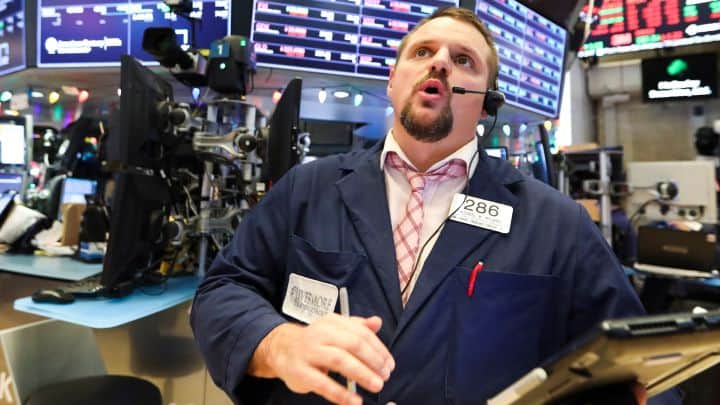
When stocks bounce at the beginning of the year, history shows the market is more often up than down at year-end.
Therefore, this year’s early January performance could be a good omen.
Stocks finished Tuesday with a gain, with the S&P 500 up 2.6 percent at 2,574, in the first five days of the year. Stock Trader’s Almanac has studied the “first five days” phenomena going back to 1950 and finds that when stocks finish that period higher, the S&P 500 has been positive 82 percent of the time at year-end with an average gain of 13.3 percent.
“Positive investor and trader behavior at the beginning of the year shows that there are good economic and market readings out there,” said Jeff Hirsch, the editor-in-chief of Stock Trader’s Almanac.
A solid first five days is a good start to the month of January, which also is its own market barometer or performance predictor. A higher January should mean a higher year, and that’s the thinking behind the Wall Street saying: “So goes January, so goes the year.”
Hirsch said the market has even better odds of doing well if January is positive, the first five days are higher and there was a Santa rally in the period that includes the last five trading days of the prior year and first two of the new year. Last month, the Santa rally resulted in a 1.3 percent gain in the S&P 500.
Last year’s market had all three of those things going for it, but still the S&P still ended down 6.6 percent for the year after a turbulent fourth quarter.
There have been 55 Santa rallies since 1950, including in 2018. After 30 of those instances, the first five days and the month of January were also positive. When all three gained, stocks ended the year higher 90 percent of the time with an average gain of 17.1 percent, according to Stock Trader’s Almanac.
Hirsch said 2018′s sell-off set the market up for a better 2019. “If we had not taken the froth off the market in October, November and December, we probably would have looked at gains that are harder to get in 2019,” he said.
Hirsch said there have been 44 instances where the first five trading days were positive since 1950, and 36 of those years ended positive. However, in midterm election years, like last year, the performance was less reliable. Of the 18 midterm years where the five days were higher, the market was only higher at year-end eight times, or 44 percent of the time.
Stocks fared better in the pre-presidential election years, like 2019, if the first five days were higher. Going back to 1950, there were 17 instances, and the market finished higher 12 times, or nearly 71 percent of the time.
“I think that there’s a very good possibility that we will have an up year,” said Sam Stovall, chief market strategist at CFRA. But Stovall said he needs to see how January pans out. “If we have a January like we did last year, where it’s a double-digit gain, I think we could be borrowing from the future. I think this will be a positive year, but could end up being a mid- to high-single-digit year. We are looking at slowing growth though no recession.”
Hirsch said he wasn’t concerned that last year’s positive January barometer and first five days didn’t result in the positive market they predicted. “Midterm years are generally volatile years,” he said.

